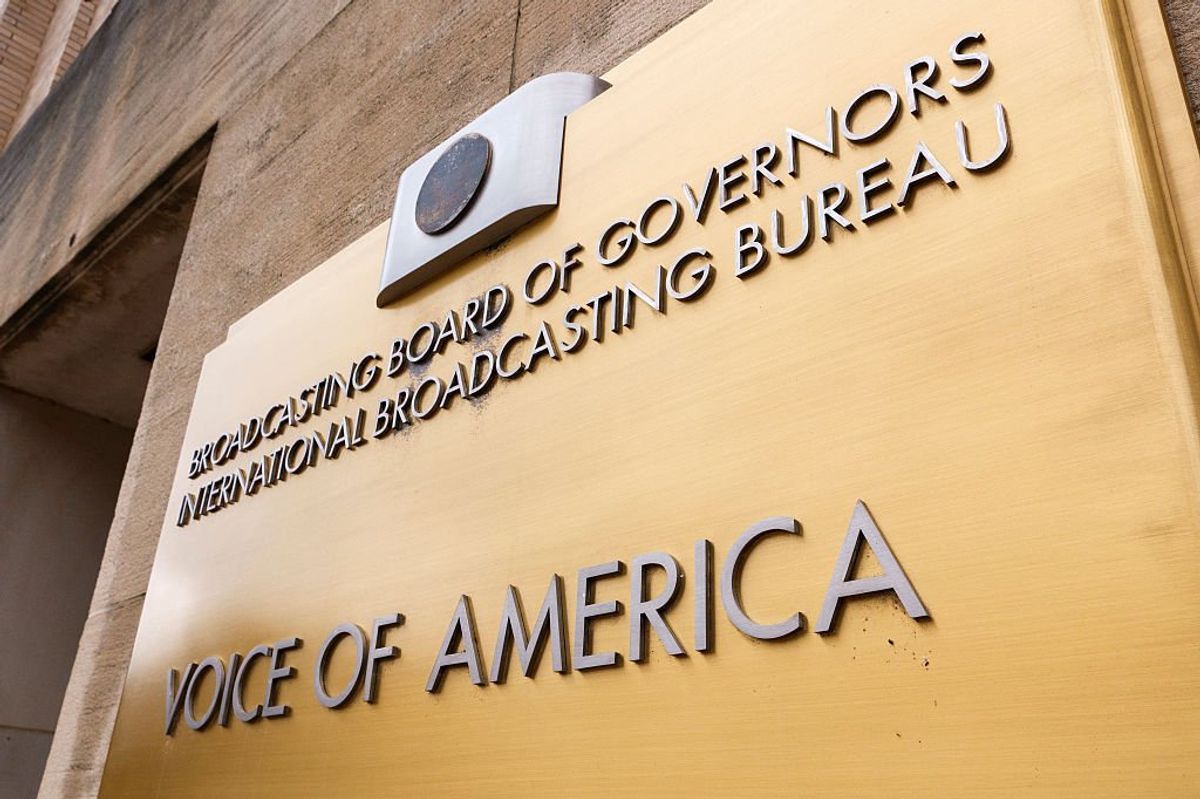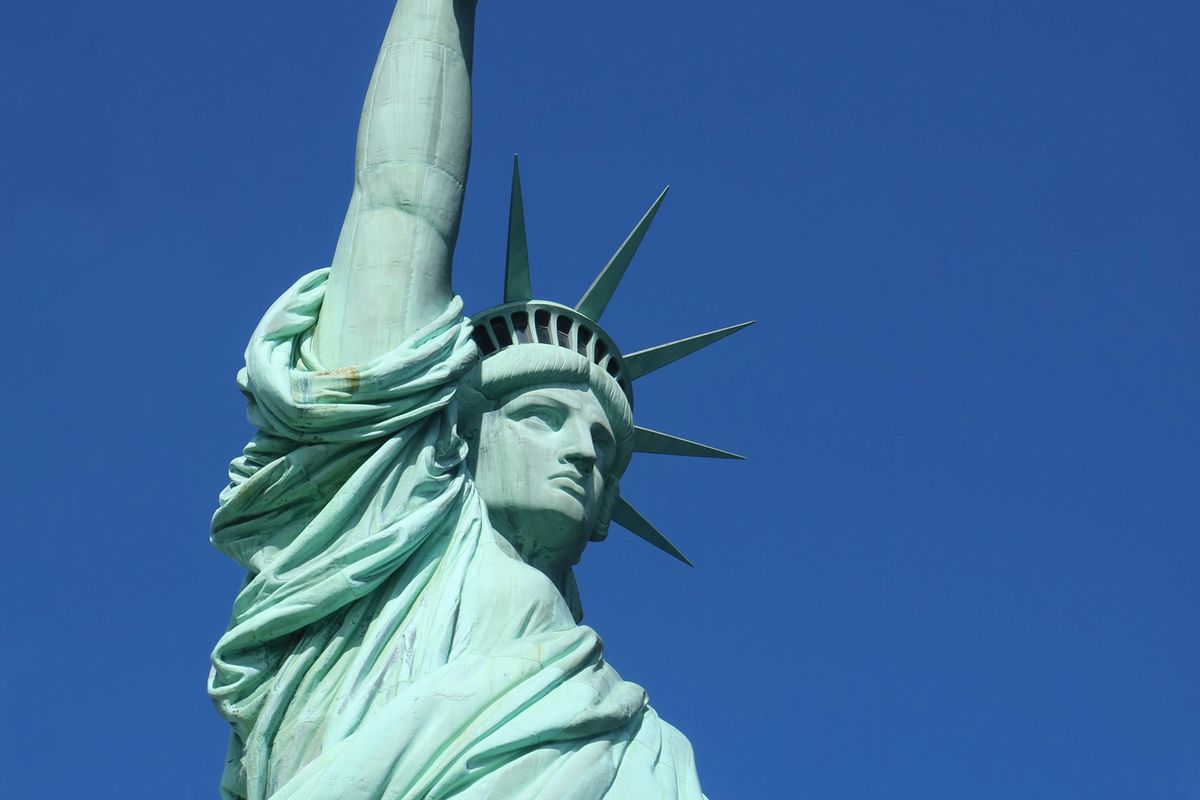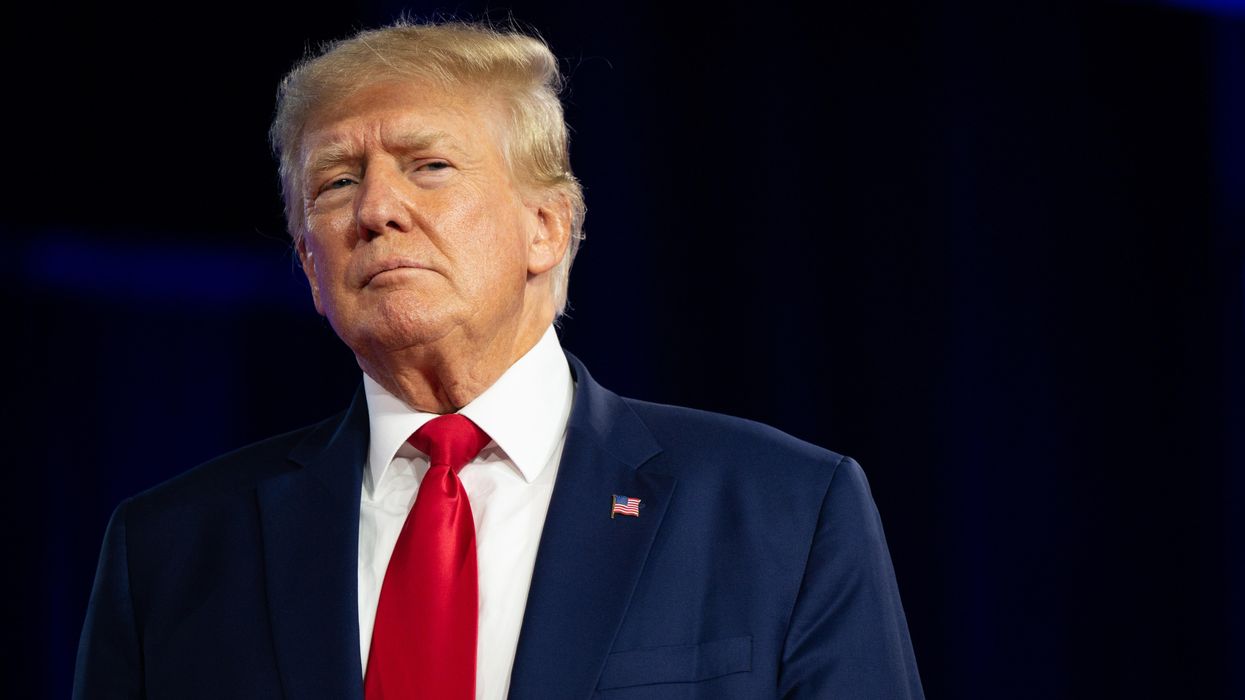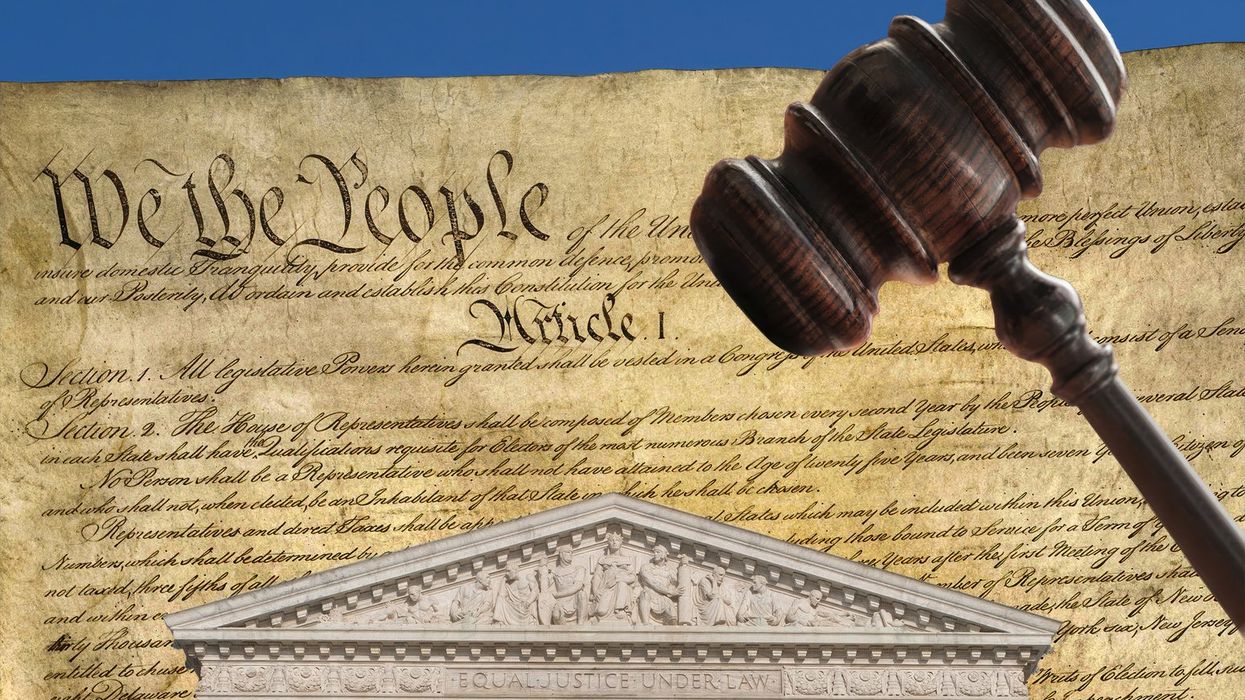Meyers is executive editor of The Fulcrum.
For the eighth consecutive year, the United States has been rated a “flawed democracy” by the Economist Intelligence Unit, a research and analysis business owned by the publisher of The Economist.
In addition to landing in the second tier of the rankings (below “full democracy”), the U.S. moved up one spot to No. 29 – sandwiched between Malta and Israel. Of the 167 countries analyzed for the Democracy Index 2023, 44 percent were rated at least a flawed democracy but only 24 countries (14 percent) scored high enough to be considered full democracies.
The EIU scores each country in five categories: electoral process and pluralism, functioning of government, political participation, political culture, and civil liberties. The United States scored highest in the electoral process/pluralism category (9.17 out of a possible 10 points). Fifty-three countries did as well or better in that category. The worst category for the U.S. was political culture (6.25 points), which measures support for democracy. That rating is trending downward across the globe.
“To reverse this worrying turn away from democracy, governments and political parties need to work hard to restore trust in representative democracy by delivering on the issues that matter to the electorate,” the EIU writes in the report.
The report criticizes the United States for the heavy advantage given to “anointed successors” and incumbents:
“If the election comes down to a contest between the president, Joe Biden, and the former president, Donald Trump, as looks likely, a country that was once a beacon of democracy is likely to slide deeper into division and disenchantment. A lot more than a ‘get out the vote’ campaign is required to inspire voters, including the 80m or so Americans who routinely do not vote. Nothing short of a major change in the agenda of politics, and a new crop of political leaders, will do.”
Despite its place in the ranking, the United States remains an international leader during the “age of conflict,” which is the theme of the EIU report.
“The US is still the leading global power and, despite its shortcomings, the most important democracy in the world,” the EIU report states. “It therefore has a special responsibility to lead the world towards peace not war.”
The top ranked countries – Norway, New Zealand, Iceland, Sweden and Finland – scored similar positions on Transparency International’s recently released study of perceived corruption around the world. North Korea, Myanmar and Afghanistan have the worst scores.
Overall, scores inched downward from the previous year’s study, but primarily among countries that are already authoritarian or learning that way. “This suggests that non-democratic regimes are becoming more entrenched, and ‘hybrid regimes’ are struggling to democratise,” the report states.



















